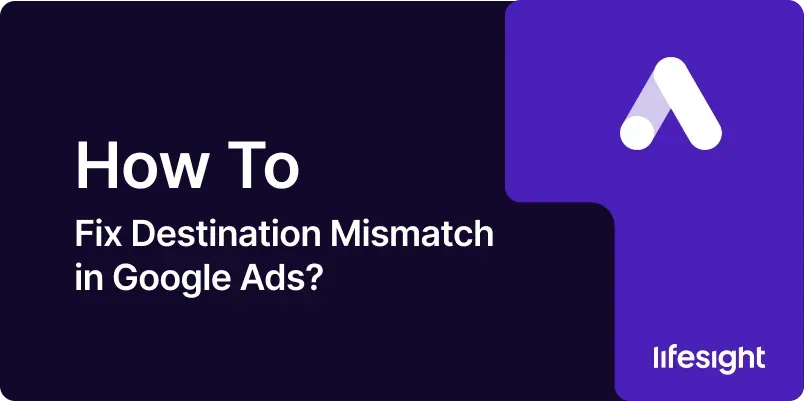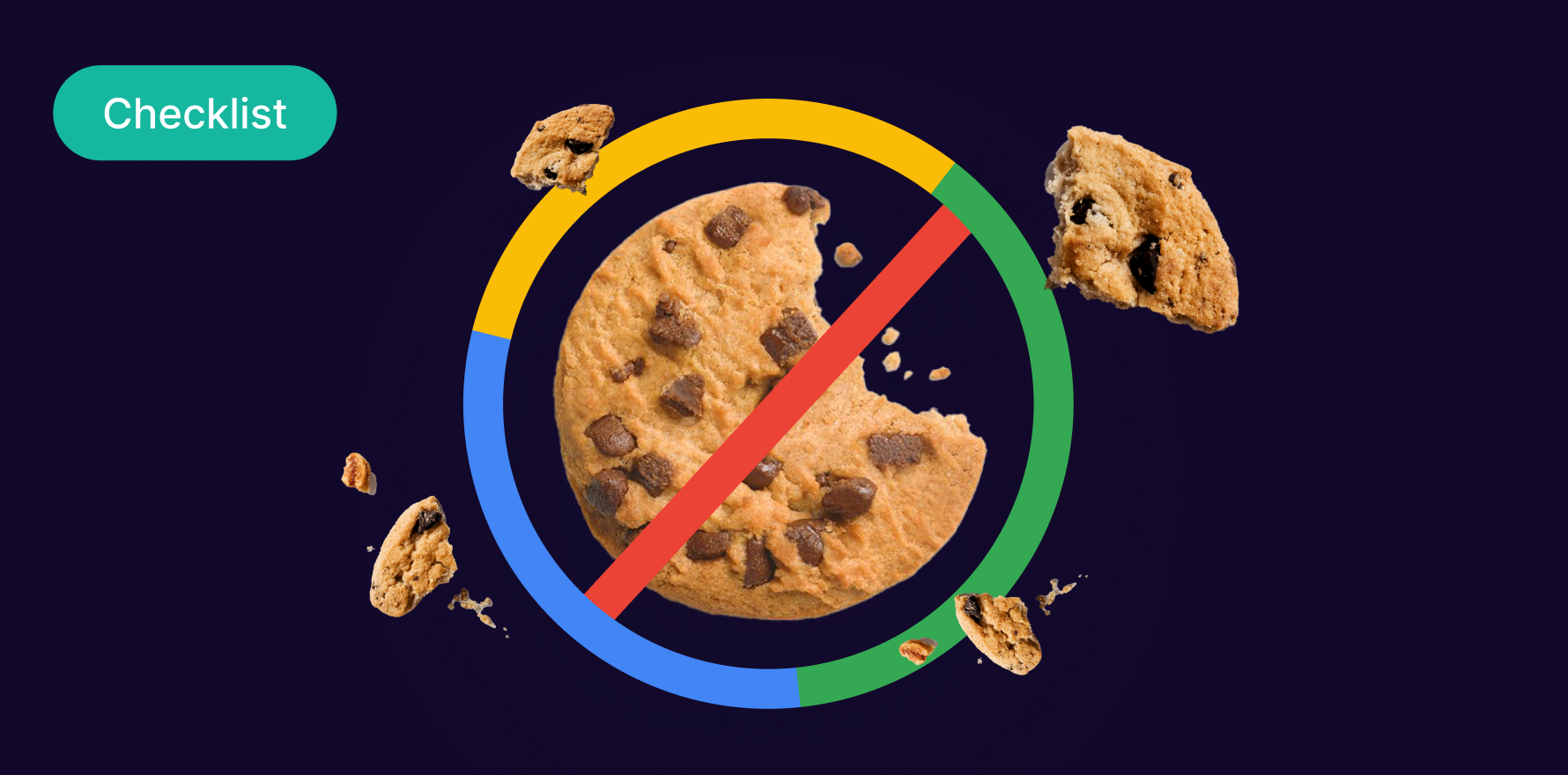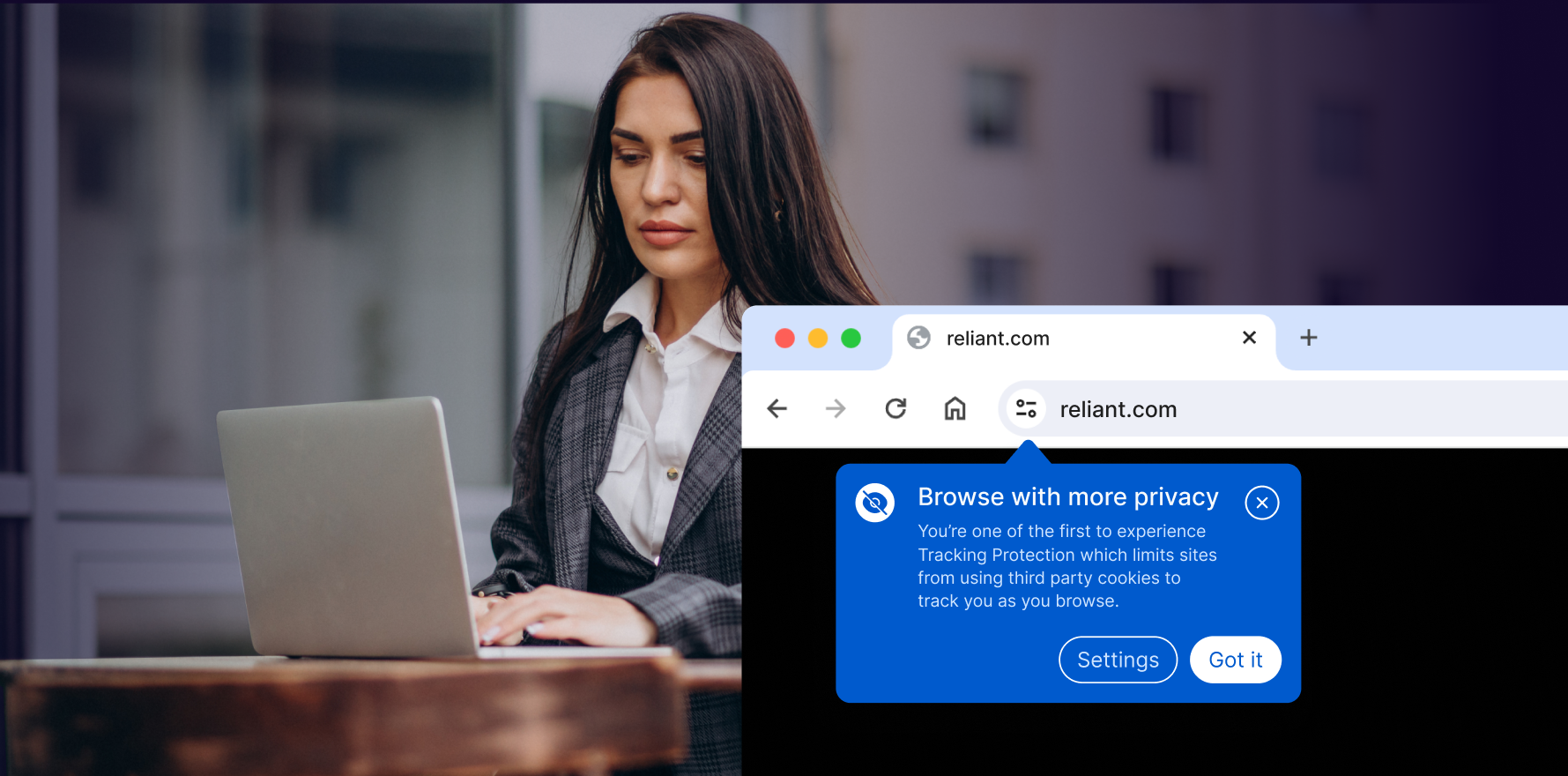
Introduction
Destination mismatch is a common issue in Google Ads that occurs when the destination URL of an ad does not align with Google’s policies or the actual landing page. This can lead to disapproved ads, reduced ad performance, and a negative impact on your campaigns. Addressing destination mismatch is crucial for maintaining a successful advertising strategy and ensuring that your ads meet Google’s guidelines. This comprehensive 10-step guide will walk you through the process of identifying, understanding, and fixing destination mismatch issues in Google Ads. By following these steps, you can ensure that your ads comply with Google’s policies and effectively drive traffic to your website.
Step 1: Identify Destination Mismatch Issues
- Log in to Google Ads:
- Open your web browser and go to the Google Ads login page. Enter your Google account credentials to access your account.
- Navigate to the Campaigns Tab:
- Once logged in, go to the “Campaigns” tab to view an overview of your active campaigns.
- Access Ads and Extensions:
- Click on the “Ads & Extensions” tab to see a list of your ads. Look for ads with a “Destination Mismatch” status or notification.
- Review Destination Mismatch Details:
- Click on the affected ad to view more details. Check the “Status” column and review the specific reason for the destination mismatch provided by Google Ads.
Step 2: Understand Destination Mismatch Issues
- Review Google Ads Policies:
- Go to the Google Ads Policies page to familiarize yourself with Google’s advertising policies. Understanding these policies is crucial for resolving destination mismatch issues.
- Identify Common Issues:
- Destination mismatch issues often occur due to discrepancies between the ad’s destination URL and the landing page. Common issues include misleading URLs, incorrect landing pages, or URL redirects.
- Consult Google Ads Help Center:
- Use the resources available on the Google Ads Help Center to get more information about destination mismatch issues. This can provide guidance on how to correct the problem.
- Understand Appeal Process:
- If you believe that your destination mismatch issue was flagged in error, review the appeal process for such issues. Google Ads provides options to request a review or appeal decisions.
Step 3: Verify Landing Page Content
- Check URL and Content Consistency:
- Ensure that the content of the landing page matches the ad’s destination URL. The landing page should provide relevant and accurate information related to the ad.
- Verify URL Redirects:
- Check if the destination URL redirects to a different page. Ensure that any redirects are functional and lead to a relevant landing page.
- Review Landing Page Quality:
- Ensure that the landing page meets Google’s quality guidelines. This includes having a clear, relevant, and user-friendly experience.
- Check for Misleading Content:
- Verify that the landing page content is not misleading or deceptive. Ensure that it accurately reflects the offer or information presented in the ad.
Step 4: Update Destination URLs
- Edit Ad Destination URL:
- In Google Ads, go to the “Ads & Extensions” tab and select the ad with the destination mismatch issue. Click on the “Edit” button to modify the destination URL.
- Ensure Accurate URL:
- Enter the correct destination URL that matches the landing page content. Make sure that the URL is free from typos or errors.
- Save Changes:
- Save the changes to the ad and ensure that the updated destination URL is applied.
- Resubmit for Review:
- Click on the “Resubmit” button to send the updated ad for review. Google Ads will review the changes and determine if the destination URL now complies with their policies.
Step 5: Fix Destination Mismatch on Mobile Devices
- Check Mobile Landing Page:
- Verify that the mobile version of the landing page is consistent with the ad’s destination URL. Ensure that it provides a similar user experience as the desktop version.
- Test Mobile Redirects:
- Test any URL redirects on mobile devices to ensure they work correctly and lead to the appropriate landing page.
- Optimize Mobile Experience:
- Ensure that the mobile landing page is optimized for mobile users. This includes having a responsive design, fast loading times, and easy navigation.
- Review Mobile Policies:
- Consult Google’s policies related to mobile landing pages to ensure compliance. Make any necessary adjustments to meet mobile advertising standards.
Step 6: Address Technical Issues
- Verify URL Functionality:
- Ensure that the destination URL is functional and accessible. Check for any errors such as 404 pages or server issues.
- Test Tracking Parameters:
- Verify that tracking parameters in the URL are correctly configured and do not interfere with the landing page experience.
- Check URL Length:
- Ensure that the URL length does not exceed Google’s limits. Long URLs or excessive parameters can sometimes cause issues.
- Fix Broken Links:
- Check for and fix any broken links on the landing page. Ensure that all internal and external links are working correctly.
Step 7: Review Ad Campaign Settings
- Check Campaign Settings:
- Review your campaign settings to ensure they align with the destination URL. Verify that the targeting and ad scheduling settings are appropriate.
- Verify Ad Groups:
- Ensure that the ad groups within your campaign are properly organized and that the destination URLs are relevant to the ad group’s theme.
- Review Ad Formats:
- Check that the ad format used is compatible with the destination URL. Ensure that ad formats such as text ads, image ads, or video ads meet Google’s requirements.
- Adjust Ad Scheduling:
- Verify that the ad scheduling settings do not conflict with the destination URL. Ensure that ads are running at appropriate times and directing users to the correct landing page.
Step 8: Monitor and Test Ads
- Use Google Ads Preview Tool:
- Utilize the Google Ads Preview and Diagnosis Tool to test how your ads will appear and function. Check for any destination mismatch issues.
- Monitor Ad Performance:
- Regularly monitor the performance of your ads and landing pages. Use Google Ads’ reporting tools to track metrics such as click-through rate (CTR), conversion rate, and bounce rate.
- Conduct A/B Testing:
- Test different variations of your ads and landing pages to identify which combinations perform best. Use A/B testing to optimize ad performance and resolve destination mismatch issues.
- Review User Feedback:
- Collect and analyze feedback from users regarding their experience with the landing page. Use this feedback to make improvements and address any issues.
Step 9: Address Policy Changes
- Stay Updated on Policy Changes:
- Regularly review updates to Google Ads policies and guidelines. Stay informed about any changes that may affect your ads and destination URLs.
- Adjust Ad Content and URLs:
- Make necessary adjustments to your ad content and destination URLs based on updated policies. Ensure that your ads comply with the latest requirements.
- Consult Google Ads Support:
- Reach out to Google Ads support for assistance with policy changes and destination mismatch issues. Provide detailed information about your ads and any problems you are facing.
- Implement Best Practices:
- Follow best practices for ad content, landing pages, and destination URLs. Adhering to best practices can help prevent destination mismatch issues and ensure compliance.
Step 10: Document and Review Resolution Process
- Document Resolution Steps:
- Keep a detailed record of the steps taken to resolve destination mismatch issues. Document any changes made to ad content, URLs, and campaign settings.
- Review and Analyze Results:
- Analyze the results of your efforts to fix destination mismatch issues. Review performance metrics and user feedback to assess the effectiveness of the resolution.
- Share Insights with Team:
- Share insights and findings with your team to help them understand and address similar issues in the future. Provide training or resources to improve ad compliance.
- Continuously Monitor Ads:
- Continuously monitor your ads and landing pages to ensure ongoing compliance. Regularly review and update your ads to prevent future destination mismatch issues.
Summary
Fixing destination mismatch issues in Google Ads is crucial for ensuring that your ads comply with Google’s policies and effectively drive traffic to your website. This comprehensive 10-step guide covers the process of identifying destination mismatch issues, understanding Google’s policies, verifying and updating landing page content, addressing technical issues, and monitoring ad performance. By following these steps and implementing preventive measures, you can resolve destination mismatch issues, optimize your ad campaigns, and achieve better advertising results.
Free essential resources for success
Discover more from Lifesight















